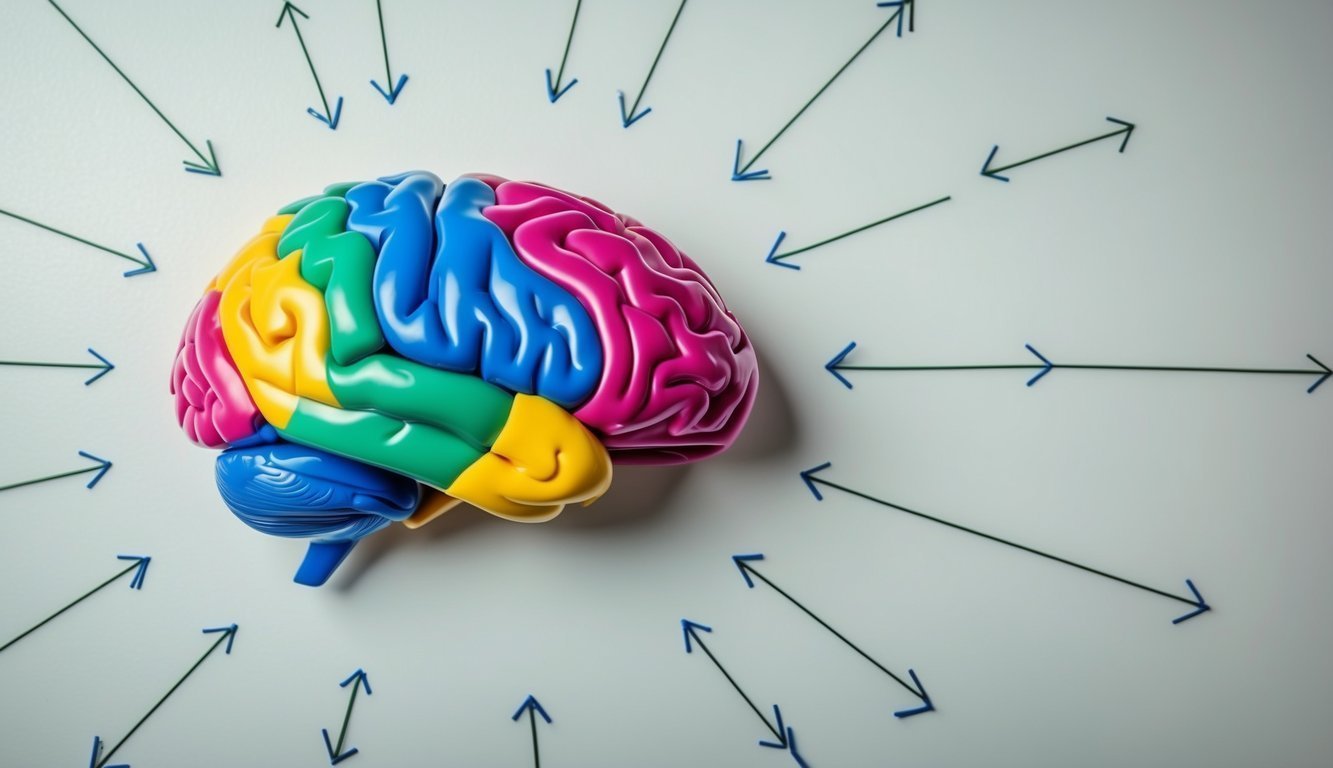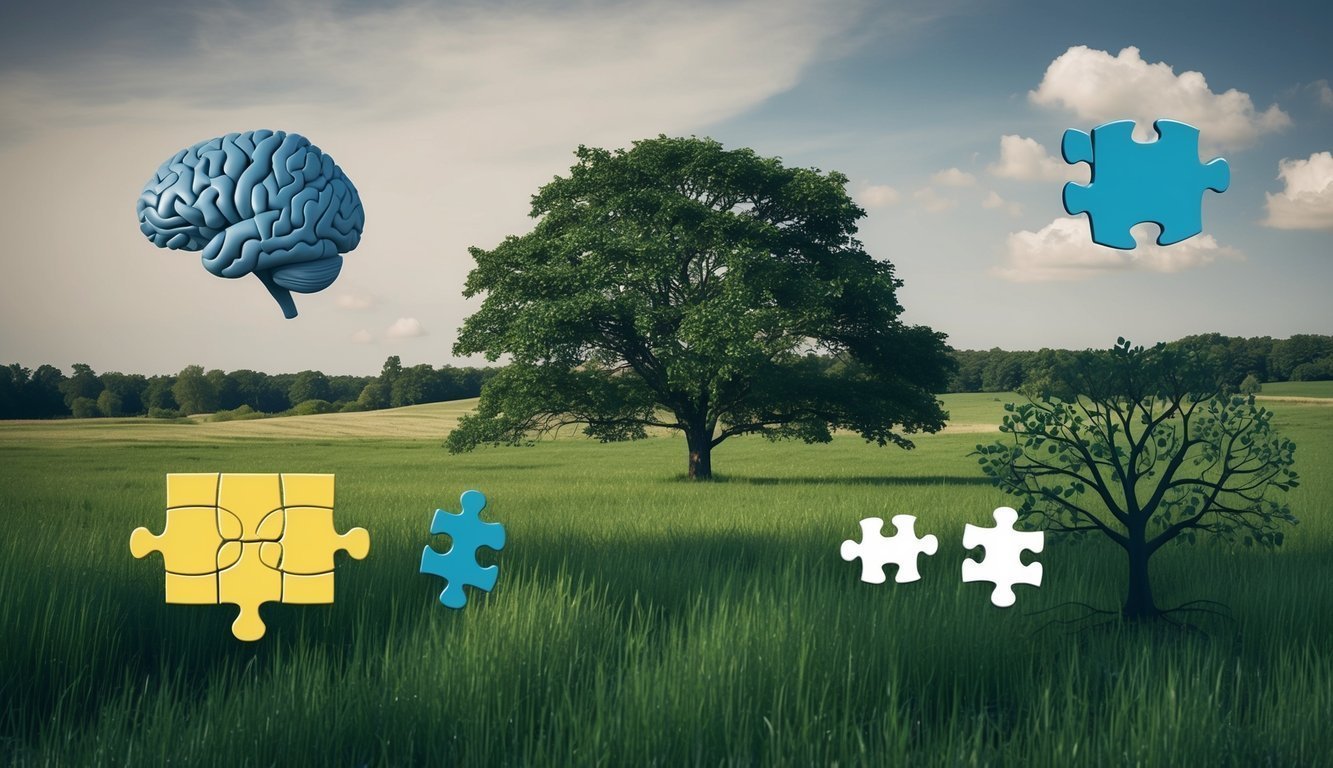PsychNewsDaily Publishers
100 Summit Drive
Burlington, MA, 01803
Telephone: (320) 349-2484
PsychNewsDaily Publishers
100 Summit Drive
Burlington, MA, 01803
Telephone: (320) 349-2484
Psychoanalysis, founded by Sigmund Freud, investigates the unconscious mind's influence on behavior, emphasizing childhood experiences, personality development, and various psychological theories such as defense mechanisms and psychosexual stages.

Psychoanalysis, created by Sigmund Freud, investigates the unconscious mind and its effects on behavior. This theory underscores the significance of childhood experiences and repressed conflicts in the development of personality and mental well-being.
Freud’s model asserts that the human psyche comprises three elements: the id, ego, and superego. The id represents basic instincts, the ego negotiates between the id and reality, while the superego embodies ethical standards.
The unconscious is pivotal to psychoanalytic theory, housing suppressed thoughts, emotions, and memories that sway behavior.
Freud introduced the Oedipus complex concept, detailing a child’s unconscious yearning for the opposite-sex parent and competition with the same-sex parent.
Defense mechanisms are subconscious tactics employed to mitigate anxiety and safeguard the ego. Common defenses include:
These strategies assist individuals in navigating internal disputes and sustaining psychological stability.
Freud proposed a theory of psychosexual development, suggesting that personality evolves through a series of stages centered around erogenous zones. These stages are:
Freud believed that any fixation at these stages could lead to distinct personality traits or psychological challenges in adulthood.
The psychosexual framework stresses the impact of early experiences on adult personality and conduct.

Behavioral and learning theories concentrate on the ways environmental influences shape human behavior through varying conditioning methods. These theories prioritize observable actions and quantifiable results, forming the foundation of behavioral psychology.
Classical conditioning, introduced by Ivan Pavlov, illustrates how neutral stimuli can trigger learned responses. This process involves pairing an unconditioned stimulus with a neutral one to evoke a conditioned response.
For instance, a dog that salivates upon hearing a bell after numerous associations with food. Here, the food serves as the unconditioned stimulus, salivation is the unconditioned response, while the bell becomes the conditioned stimulus.
The essential elements of classical conditioning include:
Classical conditioning finds extensive applications in therapy, advertising, and educational settings.
Operant conditioning, formulated by B.F. Skinner, emphasizes the effect of consequences on behavior. This theory claims that actions followed by favorable outcomes are likely to be repeated, whereas those followed by negative results tend to decline.
The four categories of consequences in operant conditioning include:
Reinforcement schedules are vital in determining the strength and durability of learned behaviors, including continuous, fixed-interval, variable-interval, fixed-ratio, and variable-ratio schedules.
Principles of operant conditioning are widely utilized in behavior modification techniques, educational environments, and animal training.
Social learning theory, articulated by Albert Bandura, connects behaviorism and cognitive theories. It highlights the significance of observing and imitating the behaviors, attitudes, and emotional responses of others.
Core concepts of social learning theory include:
The four stages of observational learning are:
This theory clarifies how individuals acquire new behaviors through observation and emulation, holding significant implications for grasping aggression, prosocial behavior, and the effects of media on conduct.

Cognitive and developmental processes guide human thinking and behavior throughout life. These theories elucidate how individuals gain knowledge, reason, and adjust to their surroundings as they mature.
Jean Piaget proposed a stage theory of cognitive development detailing the evolution of children’s thinking. He recognized four primary stages:
Each stage signifies qualitative shifts in cognitive capabilities. Piaget highlighted the significance of schemas—mental constructs for categorizing information. As children confront new situations, they either assimilate or accommodate this information into their pre-existing schemas.
Piaget’s theory underscores the interactive role children play in constructing knowledge through their environment. Although certain elements have faced scrutiny, his contributions remain crucial to the understanding of cognitive development.
Information processing theory conceptualizes the mind as a system executing symbol manipulation akin to a computer. This perspective concentrates on how individuals:
Key concepts within information processing theory include:
This theory emphasizes cognitive processes like attention, perception, and memory, probing how these evolve with age and experience, impacting problem-solving and decision-making strategies.
Information processing theory holds practical value in education and cognitive psychology, guiding tactics for enhancing learning and memory.
Erik Erikson’s psychosocial development theory spans the entire human lifespan, proposing eight distinct stages each associated with a psychosocial challenge:
Erikson underscored the interplay between biological, psychological, and social factors in shaping personality development. Each stage entails unique obstacles that, when adequately addressed, promote psychological advancement and well-being.
This framework aids in comprehending how people navigate social connections and cultivate identity through the life course, impacting counseling, education, and lifespan psychology.

Humanistic psychology places emphasis on personal development, self-actualization, and the inherent potential of individuals. This perspective prioritizes subjective experiences and the distinctive traits that define our humanity.
Abraham Maslow’s theory posits a hierarchy of human needs, ranging from fundamental physiological necessities to self-actualization. The structural pyramid comprises five tiers:
Maslow maintained that individuals must first fulfill lower-level needs before they can ascend to higher tiers. Self-actualization, at the apex of the hierarchy, symbolizes the utmost realization of one’s capabilities and talents.
Carl Rogers, a leading figure in humanistic psychology, developed a person-centered therapeutic model. His theory accentuates the significance of self-concept and the tendency toward actualization.
Rogers proposed the idea of unconditional positive regard, characterized by accepting and supporting individuals without judgment. This promotes personal growth and self-acceptance.
His theory posits that every individual possesses an intrinsic drive for self-actualization, which flourishes in a nurturing environment. Rogers contended that people are fundamentally good and capable of making positive choices when provided with the proper circumstances for growth.
Contemporary psychological theories interweave a variety of perspectives, prioritizing evidence-based practices and a comprehensive understanding of human conduct and mental functions. These methodologies draw on scientific progress and interdisciplinary insights to tackle intricate psychological issues.
Cognitive-Behavioral Therapy (CBT) is a prominent modern psychological approach focusing on the interconnectivity of thoughts, emotions, and behaviors. The theory asserts that altering maladaptive thought processes can lead to better emotional outcomes and behaviors.
CBT techniques consist of:
This approach is particularly effective in treating a variety of mental health issues, including anxiety, depression, and post-traumatic stress disorder. CBT sessions typically include structured, goal-driven activities as well as homework assignments to enhance acquired skills.
Research consistently demonstrates the effectiveness of CBT across diverse demographics and contexts. Its versatility has led to the emergence of specialized adaptations, such as Dialectical Behavior Therapy (DBT) for borderline personality disorder.
Positive psychology transitions the emphasis from illness to human strengths, wellness, and flourishing. This movement, initiated by Martin Seligman, highlights the importance of fostering positive emotions, engagement, relationships, meaning, and achievement (PERMA model).
Core principles in positive psychology encompass:
Interventions in positive psychology aim to improve life satisfaction and facilitate optimal functioning. These might include gratitude journaling, strengths-based tasks, and mindfulness practices.
The domain has impacted various areas, such as education, organizational psychology, and clinical practice. Critics highlight the need for a balanced approach that addresses both positive and negative dimensions of the human experience.
Biological and neuroscience approaches in psychology investigate the physiological foundations of behavior, cognition, and emotions. These methodologies utilize cutting-edge neuroimaging and genetic studies to unravel the brain-behavior connection.
Key focuses encompass:
Neuroscientific investigation has shed light on various psychological phenomena, including memory formation, emotional processing, and decision-making. It has also contributed to designing targeted treatments for neurological and psychiatric ailments.
Combining biological perspectives with other psychological frameworks has led to a more holistic understanding of mental health, informing personalized treatment approaches and enhancing the effectiveness of psychological interventions.